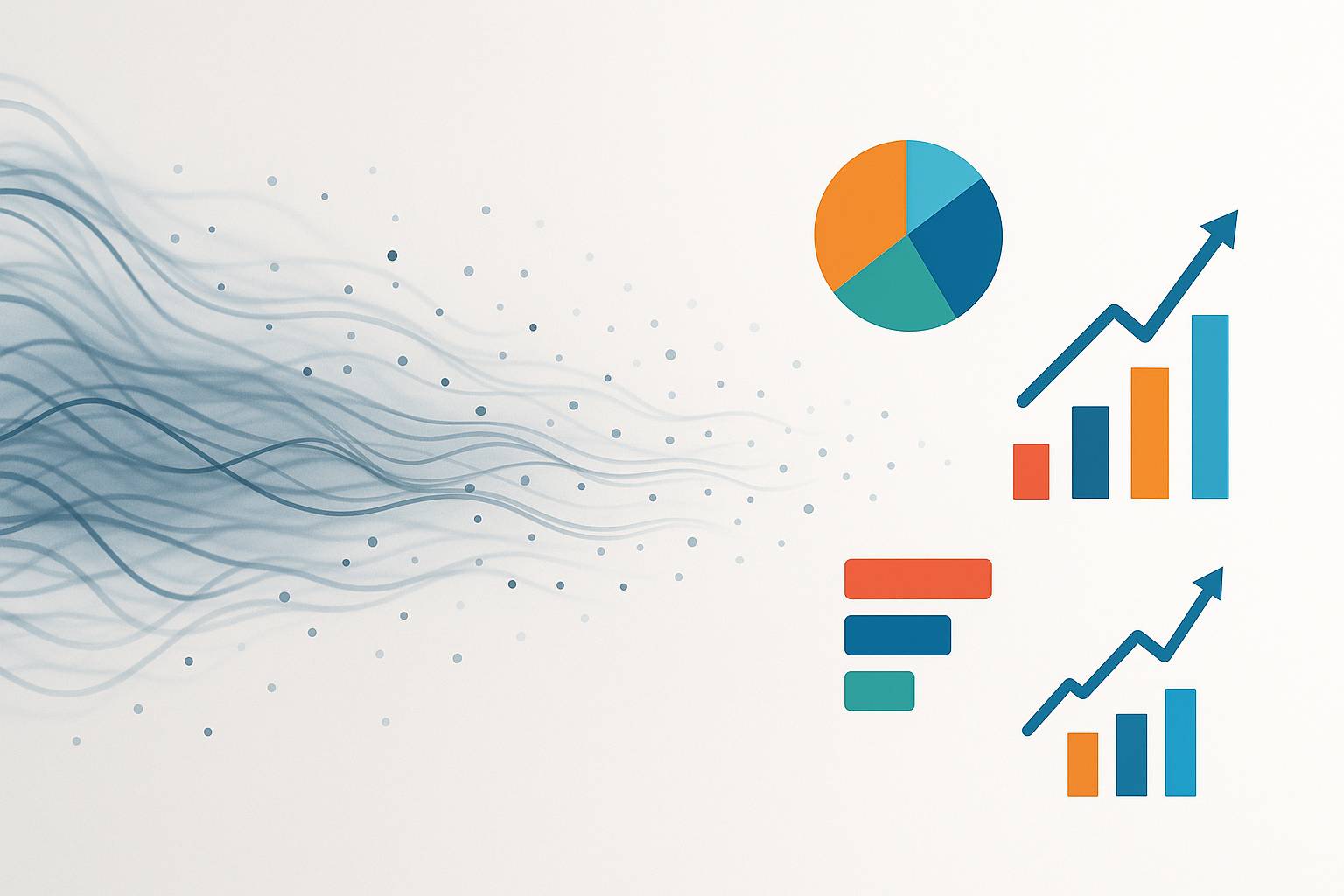
Businesses are swimming in a sea of data. However, 97% of the data collected is never used, according to Gartner. This dormant mass represents a colossal loss of revenue.
IBM believes that poor data quality costs $3.1 trillion per year to the American economy, about $12.9 million per business. And this bill only concerns visible losses: errors in forecasts, delays in decisions, margins eaten up by outdated information.
Raw data, without processing, is no more valuable than unrefined ore. For it to become a real strategic lever, it must go through several essential steps: reliability, enrichment, advanced analysis and transformation into concrete decisions.
The first step is to make the data reliable. Without it, everything else falls apart.
Cleaning involves remove duplicates, harmonize formats, validate the fields and detect anomalies. This rigor ensures that analyses are based on a solid foundation, and reduces the time lost to correct manually.
Best practices include setting up a single repository (Master Data Management) and the automation of controls via scripts.
The more quality is maintained continuously, the less technical and operational debt accumulates.
Reliable internal data is a good starting point, but it's not enough to inform all decisions. THEdata enrichment consists in supplementing them with external sources:
McKinsey indicates that enriching a CRM with external data can improve the accuracy of marketing targeting of 20 to 40%.
Tools like OpenWeatherMap, Eurostat or Data.Gouv.fr offer quick access to these supplements, often free of charge.
Classic Business Intelligence describes the past; theAI-enhanced analytics makes it possible to anticipate the future.
Thanks to Machine Learning, it is becoming possible to predict trends, identify weak signals or optimize scenarios.
The NLP (natural language processing) allows queries in plain language: “What are my top three most profitable products this quarter?”
And automatic detection algorithms spot anomalies before they become critical.
Businesses that take full advantage of advanced analytics can increase their EBITDA of 15 to 25%, according to McKinsey. This is not only a gain in efficiency: it is a transformation of the decision-making culture.
Having reliable, enriched and analyzed data is useless if they remain at the observation stage.
La “Insight-to-action” method consists in linking each indicator to a concrete action plan. For example:
Setting numerical goals, measuring results and completing feedback makes it possible to transform a dashboard into a real strategic driver.
Raw data is a commodity. Cleaned, enriched, analyzed and exploited, it becomes a strategic asset.
Businesses that adopt this approach gain in responsiveness, optimize their costs and improve the quality of their decisions.
To know where you are, you can rely on public standards such as the Gartner Data Maturity Model Or the DAMA-DMBOK.
In a competitive environment where every margin point counts, not turning your data into a strategic advantage means letting opportunities slip by every day.